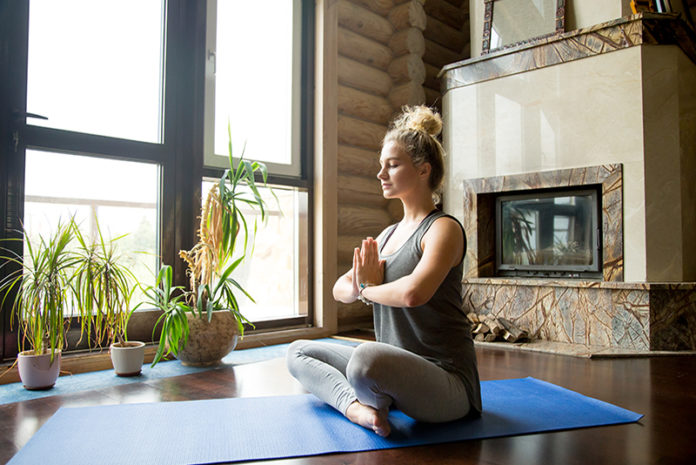Eefje became a student of the renowned Dr. Joe Dispenza’s meditation community, after being told she would not survive her battle against cervical cancer.
She had been through chemotherapy, changed her diet and followed all medical directions, only for the cancer to spread and her condition to worsen. Still, she wanted to believe she could find a cure.
According to Dr. Dispenza’s blog, Eefje found Dr. Dispenza’s videos online and began meditating. Then, she enrolled in one of his workshops in Mallorca. On the last day of the workshop, she received an invite as one of the people at the center of a healing circle.
“The healing began, and her body started moving uncontrollably, without ever being touched by anyone,” Dr. Dispenza wrote. “Energy was affecting matter. This kind of arousal continued along with profound feelings of pure love. At some point, she felt as if something or someone reached inside her and pulled ‘something’ out of her body.”
Can We Really Harness the Power of Our Minds to Heal?
Listen to Eefje tell her story on YouTube. When she went back to her doctor for more scans and tests, she was cancer-free.
Yes, this is one person’s story. But there are many more out there and plenty of scientific studies attesting to the powers of meditation and visualization. Healing your body with your mind is possible.
Take, for example, the Tibetan Buddhist monks who demonstrated they could raise their body temperatures through meditation, while being scantily-clad in a controlled, 40-degree environment.
The monks were doing Tummo meditation. Tummo means ‘inner fire’ and is an ancient technique. It consists of a combination of breathing and visualization techniques, allowing entry into a deep state of meditation that increases body heat.
Types of Meditation
Most traditions embrace four types of meditation: Seated, standing, walking and laying down. Dispenza stresses that walking meditation allows meditators to carry positive results from their morning, sitting meditations with them through the rest of the day.
“I wanted our students to be able to reinvent a new self and to be able to walk consciously in a new state of being with their eyes open—to be able in their waking state to shift into an elevated state that maintains and sustains an energetic, biological, neurological, chemical, hormonal and epigenetic change during their day,” Dispenza writes.
For meditation research, the monks are obvious subjects and have been involved in a number of studies.
MRI Studies Show Brain Changes
“In the last 10 years or so, (meditation) has shown to be very promising because it points to an ability of the brain to change and optimize in a way we didn’t know previously was possible,” NYU researcher Zoran Josipovic told the BBC in 2011.
Josipovic also is a Buddhist monk. He conducted research using fMRI machines that track the blood flow to their brains while they were meditating. The monks also have been part of research projects by other neuroscientists. They have concluded that, in some cases, the monks’ meditation practices have been strong enough to rewire their brains.
“What we found is that the longtime practitioners showed brain activation on a scale we have never seen before,” University of Wisconsin-Madison neuroscientist and meditation researcher, Richard J. Davidson told the Washington Post.
Changing the Emotional State Changes the Disease
Another study recently has suggested a connection between meditation and visualization and the ability to lower blood pressure by changing gene expression. The authors hope the study is a first step toward proving that meditation can promote health and reverse disease.
Among those diseases is addiction.
Visualization – picturing yourself achieving a goal or specific situation – has long been a tool for positive thinking. The Newport Academy, an organization that works with children and families struggling with mental health and substance abuse issues, tested visualization as a treatment option.
Visualization alone was found to be as effective as traditional psychotherapy treatments.
“Visualization is effective as it bypasses our logical (or illogical) mind by tapping into a global sense of ourselves and our emotions,” Newport Academy Psychiatrist Dr. Michel Mennesson says in the company’s blog. “It allows us to remember emotions, or to promote an emotional state connected to certain contexts.”
More conclusive studies need done to know for sure, but I’m a firm believer in mind over matter! Positive thinking can make you feel better by lowering stress and easing anxiety.








